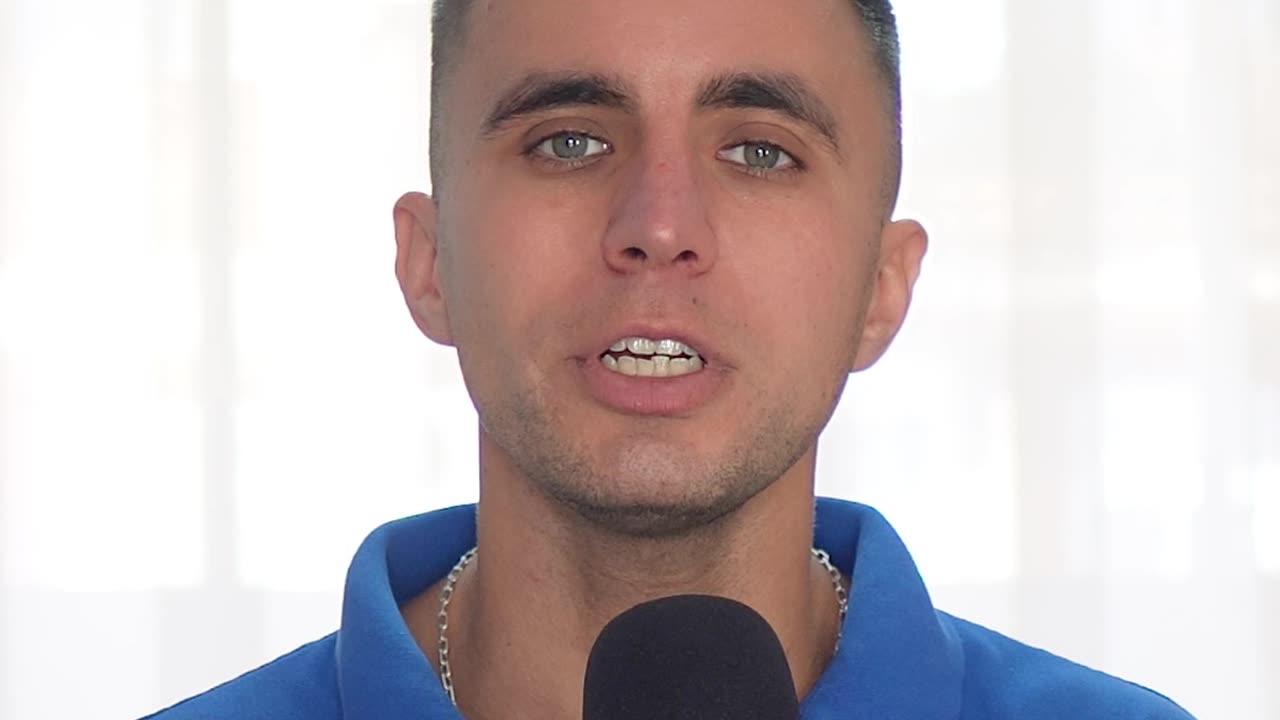Premium Only Content

What causes Myopia?
Myopia, commonly known as nearsightedness, is a refractive error of the eye that causes distant objects to appear blurry while close objects can be seen clearly. This condition occurs when the eyeball is too long in relation to the focusing power of the cornea and lens of the eye. The exact cause of myopia is not fully understood, but several factors are believed to contribute to its development:
Prolonged Near Work: Engaging in activities that require close-up focus for extended periods can strain the eye muscles. This continuous strain might contribute to the elongation of the eyeball over time, leading to myopia. The exact mechanism by which near work affects the growth of the eye is still under study.
Changes in Eye Biomechanics: Research suggests that alterations in the biomechanical properties of the cornea and sclera (the white outer layer of the eye) may influence the development of myopia. Changes in these tissues can affect the eyeball's shape and, subsequently, its ability to focus light properly on the retina.
Hormonal and Systemic Factors: Some studies have explored the role of hormones and systemic factors in the development of myopia. Hormones such as dopamine and melatonin, which are involved in the regulation of eye growth, may influence the progression of myopia. Additionally, conditions like diabetes and certain connective tissue disorders can impact the structure of the eye and contribute to myopia.
Nutritional Factors: Diet and nutrition may play a role in the development of myopia. Adequate intake of nutrients like vitamin D and outdoor activities, which provide exposure to natural sunlight, have been suggested to have a protective effect against myopia. However, more research is needed to fully understand the relationship between nutrition and myopia.
It's important to note that while these factors are associated with myopia, the condition is complex and likely results from a combination of genetic and environmental influences. Myopia often begins in childhood and can progress during the adolescent years when the eyes are still growing. Regular eye examinations, especially for children with a family history of myopia, are crucial for early detection and appropriate management of the condition.
-
 LIVE
LIVE
LFA TV
14 hours agoLIVE & BREAKING NEWS! | TUESDAY 10/7/25
3,960 watching -
 LIVE
LIVE
Rebel News
20 minutes agoTamara Lich sentencing, Two years since Hamas attack, Carney meets Trump | Rebel Roundup
63 watching -
 UPCOMING
UPCOMING
TheAlecLaceShow
55 minutes agoICE Under Siege in Chicago & Portland | Guests: Douglass Mackey & Wid Lyman | The Alec Lace Show
23 -
 LIVE
LIVE
The Mel K Show
56 minutes agoMORNINGS WITH MEL K -Overwhelming Evidence of Grand Conspiracy Against We the People 10-7-25
800 watching -
 LIVE
LIVE
The Shannon Joy Show
11 hours agoEugenics, Vaccination & The Unholy Trump/Pfizer Alliance LIVE W/ Brook Jackson & Warner Mendenhall
276 watching -
 31:12
31:12
Grant Stinchfield
1 hour agoWhen Science Became Propaganda
3.9K4 -
 LIVE
LIVE
Trumpet Daily
1 hour agoTrumpet Daily LIVE | Oct. 7, 2025
281 watching -
 1:00:59
1:00:59
VINCE
4 hours agoWho Else Were They Spying On? | Episode 141 - 10/07/25
189K131 -
 1:46:37
1:46:37
Dear America
4 hours agoBIDEN FBI CAUGHT SPYING!! Jack Smith Tracked Calls of DOZENS Of Senators!! JAIL NOW!!
95.4K46 -
 2:14:00
2:14:00
Badlands Media
8 hours agoBadlands Daily: October 7, 2025
40.1K13
